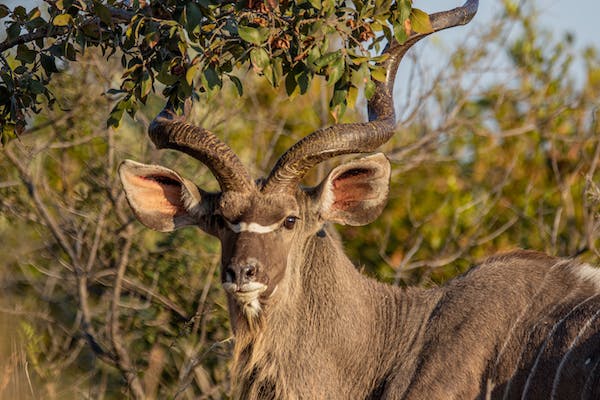Interesting Facts About the Greater Kudu
The Greater Kudu, also known as Tragelaphus strepsiceros, is one of the two Tragelaphus species native to the African continent. The other one being the Lesser Kudu or T. imberbis. The name “Kudu” or “Koodoo” is the Khoikhoi name for this type of antelope. Trag (Greek) refers to goat, and elaphos (Greek) … Read more
